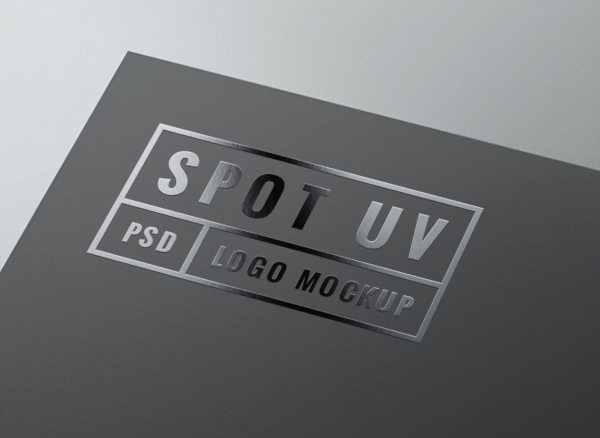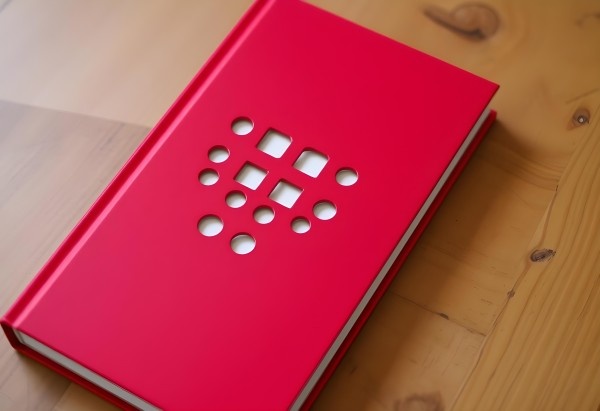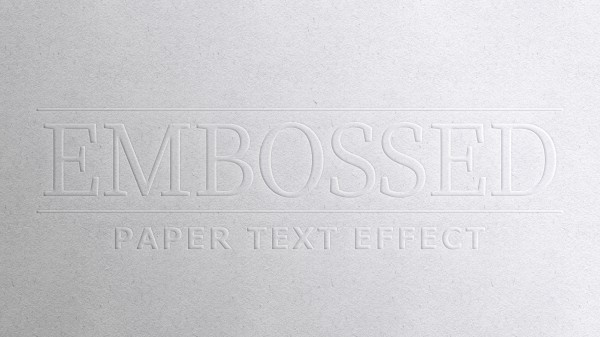Special printing finishes for the cover of your dissertation
When printing your dissertation, it is possible to apply different printing finishes to your cover. These special finishes ensure that specific parts of your cover stand out. It is important to keep in mind that the printer will charge an additional fee for applying special finishes. So don’t forget to take this into account when making the budget for printing your dissertation.
In this article we will explain a bit more about the different printing finishes that you can apply to the cover of your dissertation. We will discuss the use of spot-UV varnish, foil stamps, laser or die cutting, and embossing.
Spot-UV varnish
The most frequently chosen effect is spot-UV varnish. With spot-UV varnish it is possible to apply a transparent varnish to certain parts of your cover. This varnish gives a high-gloss shine effect, which allows you to make a certain part of your cover stand out. This effect works best if you choose a matte cover so that the shiny spot-UV parts are clearly visible. This spot-UV effect looks very nice on a dark background.

Foil stamp
Foil stamp is used less often than spot-UV, but is certainly not less beautiful. With a foil stamp, a glossy foil is applied to the selected parts using heat and pressure. The foil can be applied in different colors, although you will see that gold foil is chosen most often.
Laser cutting/die cutting
With laser cutting/die cutting you can have a text or shape cut out of your cover. This allows you to give a peek through the cover to the first page of your inside work. This effect can look very appealing if you have a nice image on the first page of your interior.

Embossing
An emboss, also called a relief, is an effect where the text or image is raised from the surface of the cover. In principle, you can apply this to any part of your cover, one option is to apply an embossing to the title of your dissertation. This way your title will stand out extra.

Other tips
- Tip 1. The extent in which a special printing finish looks nice on your cover may depend on the cover design. If you would like a specific printing effect applied to your cover, we recommend that you tell us before we start designing your cover. Then we can take this into account in the design.
- Tip 2. To apply printing finishes to your cover, an extra file must be created so that the printer knows exactly where the effects should be placed. If you tell us which printing effect you want to apply and to which parts of your cover you want to apply it, we can create this file for you. This will save you a lot of unnecessary work.
- Tip 3. If you want to use laser/die cutting, keep in mind that some institutions have requirements regarding the content of the first page of your dissertation (through the PhD regulations). In that case, the choice of laser or die cutting may be less favorable.